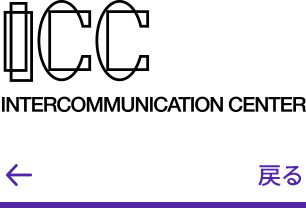
|

|

|
| Preface |

|
The stimuli taken in by our senses
doesn't directly impact our daily lives in its raw state. It must
first be deciphered, its salient features impressing on our thought
processes as understanding. As information, it is not only meaningfull
as existing in the moment of its apprehension. Rather, a world view
including its possibilities, in both the past and future, is an essential
perspective in its interpretation.
Imagine riding a bicycle on an unobscured open plane. At any point,
we have the potential to turn the handle in any direction. Yet, it
reality, we are only allowed one option at a time. A this juncture,
some people will take the possible world view, and feel that the bicycle
is a vehicle capable of going anyplace, and some people will take
the real world view, and see it as a vehicle going some (particular)
place.
In other words, when we see a bicycle, it stimulates our imagination,
and we feel like going somewhere--we see something beyond the bicycle.
This is the bicycle within the possible world.
The possible world is a world built from the imagination which possibilities
engender. It includes the world fantasies discarded from our daily
lives.
This very imagination, however, makes intelligible the information
coming at us, by modelling it. These models can be manipulated in
any number of ways---analyzed, transposed, elaborated, until the point
when they can no longer be differentiated from symbols, at which point
understanding begins.
Graphic 3D models can be dynamically manipulated. They are an excellent
tool for generating symbols, and have the power to beget new ways
of understanding.
In this workshop we sever the concept of velocity from its corporeal
reality, and take it into the realm of the possible. It is a fantasy
of velocity, one perhaps only permitted in the world of art, a process
of sensorial externalization. From this gulf rise issues of progress
in modern techniques of expression. Techniques of observing both real
and (extra-real) possible worlds at that same time have traditionally
been the privilege of the artist, but today this privilege has shifted
into the hands of the scientist. When such models from the scientific
world have been accepted by society at large, the arts must satisfy
themselves within the narrow confines of quantifying techniques of
sensation.
New imaginative strengths are needed to bridge the fissures between
these two realities. A means towards more powerful visions is to push
our technologies to their breaking point! To drum the fantasy awake
from the bowels of our machines! We artists must dare experiments
in unifying these realities with the sheer force of imagination!
|
|
| |
|
